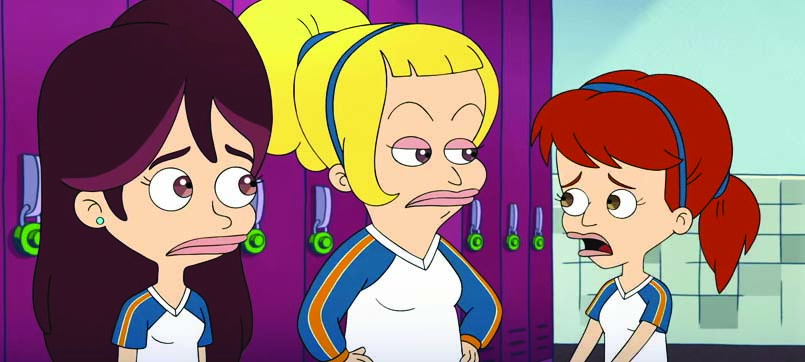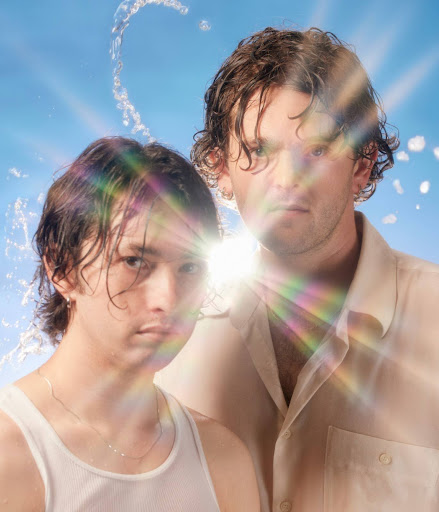“Big Mouth’s” second season has propelled the show into the esteemed ranks of adult cartoon classics such as “Family Guy” and “The Simpsons.”
“Big Mouth,” created by comedians Nick Kroll and Andrew Goldberg, is a fictional portrayal of the creators’ early teen years. The protagonists deal with the plights of puberty during middle school, where puberty is personified as a mythical creature: The hormone monster. The furry beasts are only seen by the kids and encourage them to act upon their hormonal urges.
Season two, which was released on Oct. 5, continued the somewhat disturbing yet hilarious portrayal of puberty.
When Gina is slut-shamed by her classmates, including self-proclaimed feminist Jessi, she says that Nick touching her breasts made her “feel sh***.” Lola then remarks that, “Touching boobs and rubbing fronts doesn’t make you feel all sh***. Mean jerks make you feel sh***. If there weren’t any mean jerks, you would be fine.”
Kroll and Goldberg use this moment to comment on the double standards between men and women concerning promiscuity, and Jessi’s jealousy emphasizes that the battle of sexism doesn’t only feature male enemies; women can perpetuate double standards too.
The show also comments on LGBTQ issues through the characters of Matthew and Jay. When Matthew feels that his classmates see him only as an embodiment of his sexuality, he tries shedding his “mean gay character.”
After kissing Matthew when playing “smooch or share,” Jay, who usually fantasizes about having sex with anthropomorphized pillows (yes, really), finds that he is having visions of male pillows, and panics over the thought of being bisexual.
When Jay tells Coach Steve that the cushion he had sex with “was a dude,” Coach Steve’s indifference towards the cushion’s gender consoles Jay, and he embraces feelings towards both men and women.
By overtly stating that Matthew is not just “mean and gay” and revealing Jay’s bisexuality, Kroll and Goldberg are stating that their LGBTQ characters are not just symbols of their sexuality; rather, they function like other protagonists as a satire of puberty.
This is a big deal in respect to the history of satirical cartoons. Similar series poke fun at minorities by exasperating stereotypes to emphasize the mediocrity of them— i.e. “South Park” naming its only black main character “token” with only black centric story arcs on topics like gentrification and “Black Panther.”
“Big Mouth” takes a different approach: Rather than setting up their minority characters to be the brunt of racist, sexist and homophobic jokes, the show embraces representation and doesn’t allow only white male characters to be funny, but makes all characters equally funny outside of stereotypes.
The newest season affirms the “Big Mouth”’ approach of providing meaningful coming of age stories dressed in raunchy cartoon craziness and promises viewers even more laughs and thought-provoking commentary in coming seasons.









Frost • Jun 16, 2020 at 12:26 pm
I was always on n off with Big Mouth, but if season 2 has gotten “better” as you say, i might actually just add it back to my to do list!